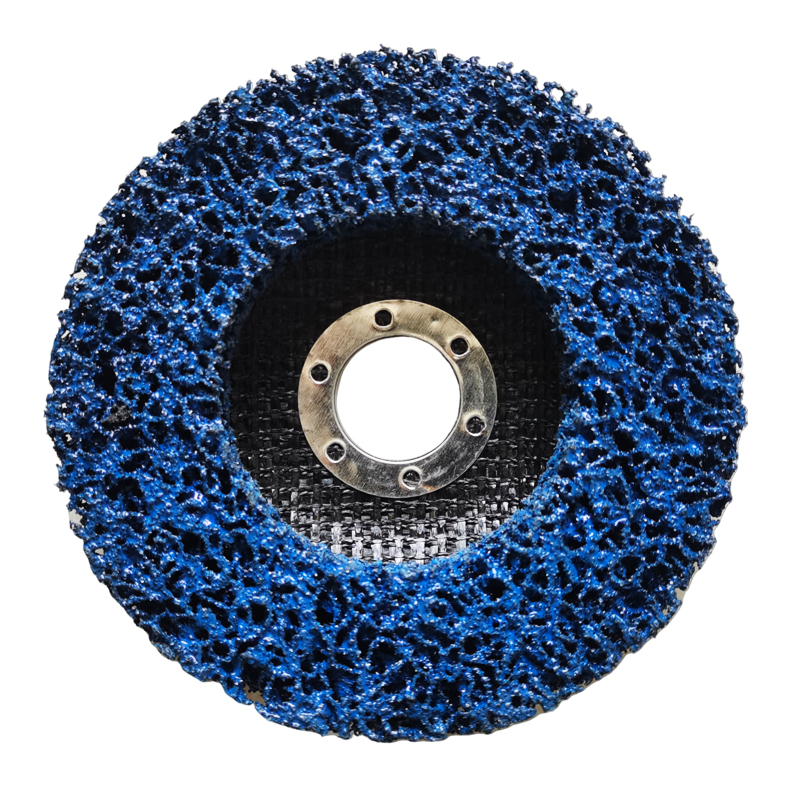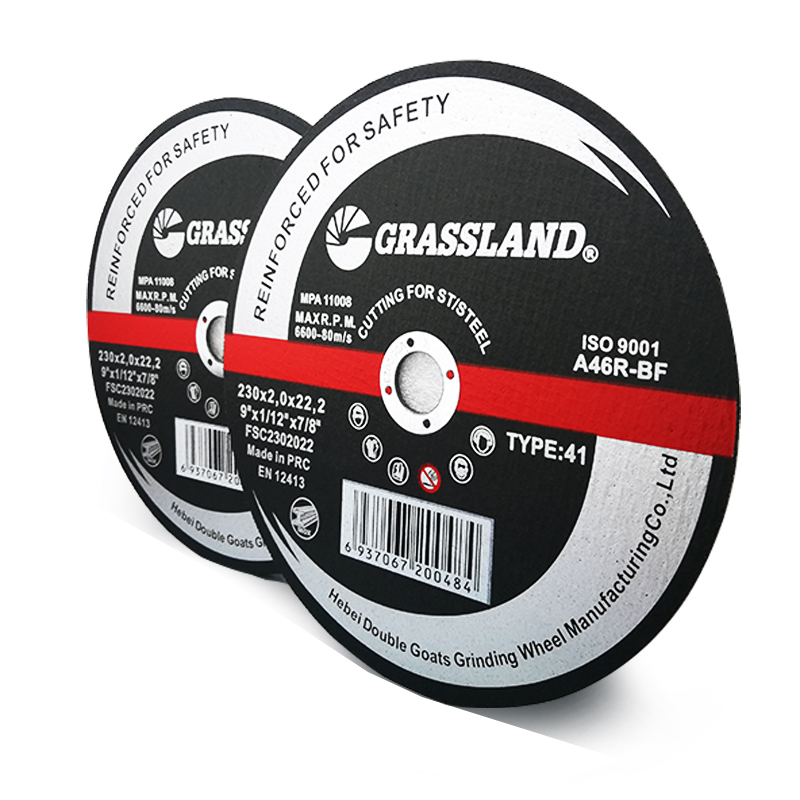

The structure and bonding of the wheel, as noted in the chart, directly influence its durability and performance. Resin bonds are known for their versatility, offering flexibility in a wide range of applications, whereas vitrified bonds provide strength and rigidity, albeit at the potential expense of vibration. This insight aids in selecting a wheel based on the specific profiles and pressures associated with particular applications. Speed and feed rates, included in detailed charts, contribute extensively to the wheel's lifespan and the quality of the workpiece. Matching these parameters with the manufacturing context not only enhances productivity but safeguards against premature wear and tear, solidifying an authoritative approach to grinding practices. Finally, safety considerations, often underscored in reputable charts, account for the trustworthiness of the guide. They've included maximum allowable speeds and safety guidelines for handling and changing wheels. Adhering to these recommendations reduces operator risk and contributes to the longer-term dependability of the equipment in use. Therefore, a thoughtfully designed grinding wheel selection chart PDF serves not only as a navigational tool but as a comprehensive guide that balances real-world experiences with expert consensus. Such adherence to authoritative insights fosters an environment of trust and efficiency across industrial domains, reflecting the multifaceted nature of grinding wheel selection.
Post time:Jan - 13 - 2025

















